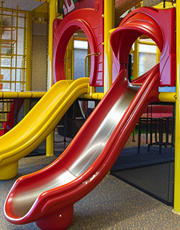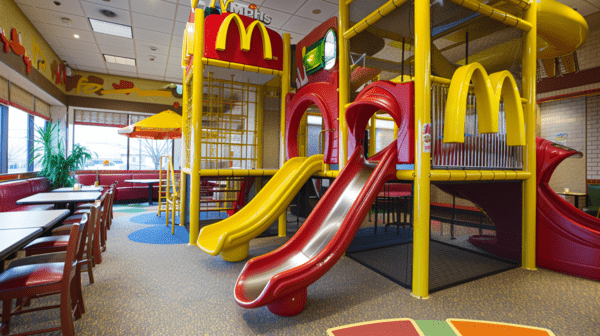Financial Responsibility for Teenagers: Tips for Parents
With modern finance being utterly complex, parents should instill good money management habits early in their children’s lives. This will help to ensure future financial independence for themselves and those closest to them. It will also result in teens pass on what they’ve learned to their own children in the future.
Today’s young generation is not very keen on practicing saving; according to statistics, only 14% of Gen Z members have saved between $1,001 and $2,000, which further emphasizes the importance of saving from a young age. Financial literacy helps teens make informed decisions without incurring debt and secure a comfortable future.
This guide offers parents practical strategies for teaching financial responsibility through saving, budgeting and investing – essential skills necessary for becoming financially independent as adults.
Saving for the Future: Utilizing Education Savings Plans
One powerful way of teaching financial responsibility is through education savings plans. Depending on where you live, there are different types of savings plans aimed at helping with higher education costs. For example, if you’re Canadian, this plan is referred to as a Registered Education Savings Plan (RESP).
In essence, an RESP is a savings account designed to help parents save for postsecondary education costs for their children. But how does an RESP work? This plan allows parents to contribute funds towards their child’s education with the added benefit of government grants and tax-sheltered growth.
Beneficiaries can use RESP funds for educational expenses like tuition fees, textbooks, housing costs and transportation costs. Furthermore, an RESP can remain open for up to 35 years providing beneficiaries with maximum flexibility when planning post-secondary studies. They do not need to begin postsecondary study immediately following high school; funds can be accessed anytime during that period following the opening of the account.
Educating teenagers about RESP mechanics and benefits can show them the value of saving for long-term goals while using available resources efficiently to maximize financial growth.
Budgeting and Saving: Establishing Good Habits
A budget is at the core of financial responsibility. Parents can assist their teens in creating one by helping identify income sources like allowances or part-time jobs and recording expenses – an exercise that emphasizes prioritization and planning skills.
Encouraging regular savings is also vitally important. Establishing a savings account for your teenager provides them with a practical tool for money management, while parents must explain the concept of setting short- and long-term savings goals to teach discipline, delayed gratification, and financial planning skills. This practice not only instills discipline but demonstrates their value.
Educating Teenagers on the Value of Money
Helping teenagers understand the value of money is an integral lesson they must learn before becoming adults, so parents should emphasize its significance by discussing needs versus wants. Needs are essentials such as food and clothing while wants are non-essential items like gadgets that provide unnecessary luxuries or can lead to costly spending habits if unaddressed. Helping teenagers distinguish between needs and wants will enable more informed spending decisions from both ends.
Engaging teenagers in financial discussions within their families is another effective strategy to address money management. By witnessing real-life applications of finance concepts, teenagers will better comprehend all that goes into managing money responsibly and budgeting efficiently.
Establishing the Foundations of Investing
Parents can introduce teenagers to investing by covering basic concepts like saving versus investing as well as the risks and rewards associated with various investments. Explaining compound interest to children can demonstrate how investments grow over time. Parents can use examples or online calculators to demonstrate how even regular, small investments can accumulate over time.
Additionally, discussing various investment mechanisms like stocks, bonds, and mutual funds provides a greater understanding of how the financial markets function; encouraging teenagers to follow financial news or simulate stock market investments using virtual platforms will make learning about investing fun and practical.
The Bottom Line: Educating Teens on Financial Responsibility
Teaching teenagers about managing money properly is like making an important investment in their future happiness. Parents play a big part in this, showing them how to save money, create budgets, avoid debt, and put away funds for investments. These lessons will help them handle financial difficulties when they become adults. Relying on education savings plans can bring forth the advantages of planning finances over a long period of time and benefits from government grants along with tax-protected growth.
Saving money regularly promotes discipline and accountability, as well as the conversation about what is essential versus what is desired assists teens in making informed choices when spending. Incorporating them into family financial talks gives an actual understanding of money handling and budgeting.
When teenagers’ financial knowledge grows, they are empowered to make good choices about money matters, helping them reach their goals and guarantee a financially stable future. The basic understanding of money management along with these habits will help them in all stages of life.
If you have younger children, the best time to begin teaching financial responsibility is now when they are young.











